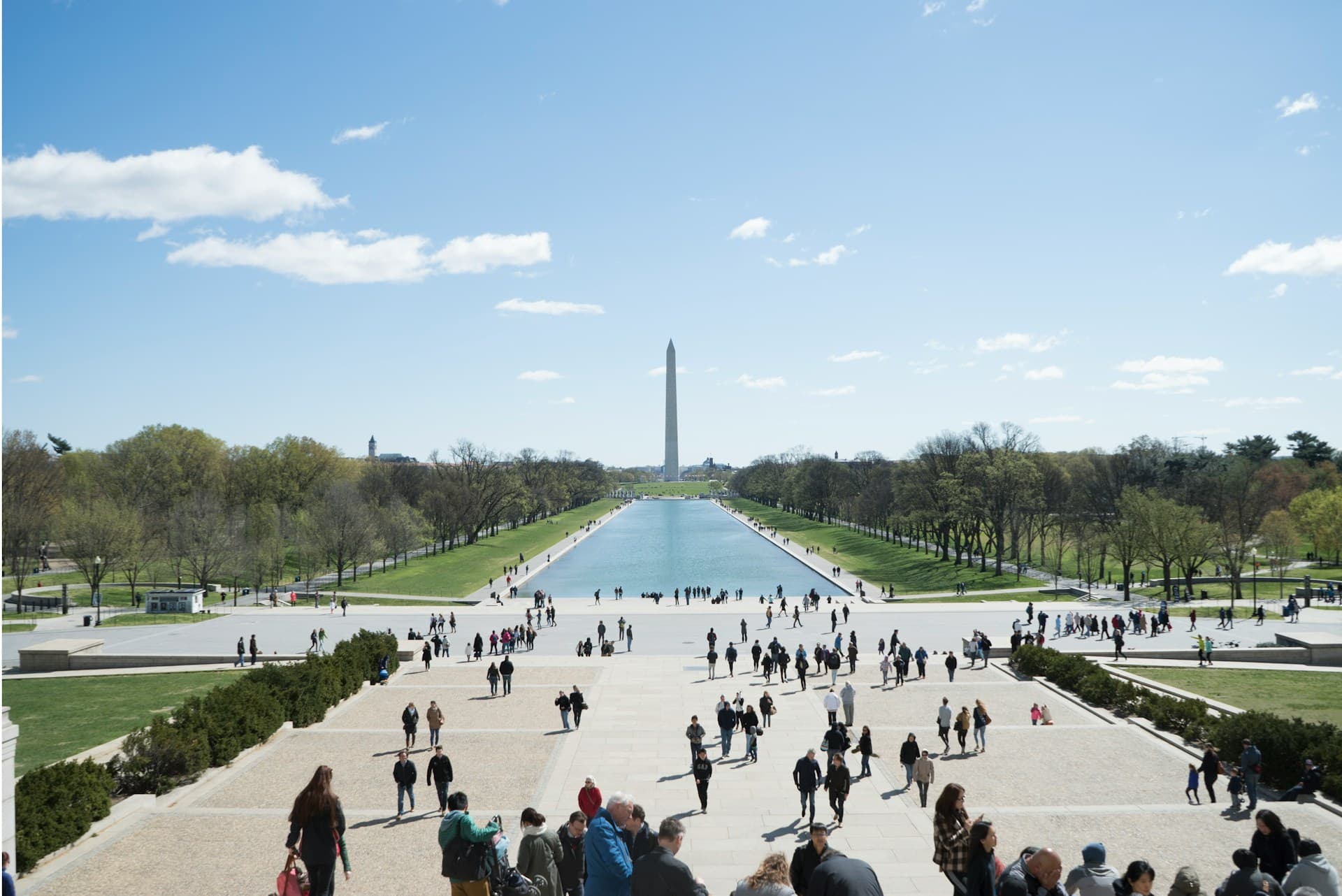Voters Aren’t Voting Because the Game is Rigged, Not Because It's Difficult
California Secretary of State Alex Padilla and San Diego Assemblywoman Lorena Gonzalez recently took a trip to Colorado to take notes on ways to increase election turnout.
In the 2014 general election, Colorado’s voter turnout was more than 54 percent, the third highest in the nation. In that same year California had a record low voter turnout, just 42 percent.
Perhaps Colorado’s higher voter turnout was due, in part, to the fact that it was the first time every registered voter in Colorado received a mail-in ballot two to three weeks before Election Day. Additionally, in 2014, Colorado implemented Election Day Registration (EDR), allowing voters to register and correct their voter registration up to the day of the election.
“[The] lessons from [Coloradans] are building up vote-by-mail, more in-person voting options and providing geographic flexibility for voters around the county,” Padilla said. “Their cost of administering elections is down 30 percent, and more importantly voting rates have gone up 20 percent. I think that’s a win-win.”
Its pretty intuitive: Make voting easier and more people will vote.
That’s also the theory behind Gonzalez’s “New Motor Voter” bill passed earlier this year, as well as the secretary of state’s decision to not challenge a court ruling that will allow ex-felons to vote.
“[B]y and large campaigns and candidates don’t talk to voters that aren’t registered,” Secretary of State Padilla said about the bill. “Once they’re registered, you can bet campaigns will start reaching out to them as well.”
But the problem with turning to Colorado as an example of how elections can better serve voters is that the general election statistics from that state tell only a part of the story.
For example, in addition to a contentious race for governor, Colorado had four statewide initiatives on the 2014 general election ballot concerning abortion, gambling, government accountability and business regulation.
Sure, mail-in ballots likely had a positive effect on voter turnout. But just ask any political consultant what a heated governor’s race and hot-button initiatives will do for voter turnout, and they will all have the same answer—it will increase it, a lot.By contrast, in California, the governor’s race was a snoozer. And the statewide initiatives, although important, did not garner a significant level of excitement among the electorate.
To read a little bit more into the story, Colorado’s primary election voter turnout was just 17 percent. This is a full 8 percentage points lower than California. Yes, during the stage of the election when the viable candidates are determined, Colorado’s voter turnout percentage was almost 50 percent lower than California’s.
It’s an irony that should be given serious thought by anybody working to advance voter rights.
Of note, critics of California’s top-two nonpartisan primary system are quick to point out that California’s primary turnout decreased in 2014.
But at the same time critics are blaming top-two for lower voter turnout, California’s primary election turnout actually exceeded primary election turnout in Colorado—a state our legislators have turned to for elections advice.
So how do we explain this apparent anomaly?
Colorado has closed partisan primaries, which means that because the Republican and Democratic parties are the only major parties in the state, you have to be a registered Republican or Democrat to vote in either primary election.
In California, since the adoption of our nonpartisan system (in every election except for the office of president) we don’t have partisan primaries. Instead, every voter gets the same ballot. The voter then gets to choose from a list of every candidate running for that office—regardless of the voter or the candidate’s party preference.
In short, it is an election that serves voters first.
Given that 67 percent of new voters in Colorado are choosing not to join a political party and that less than 17 percent of voters are participating in the all-important primaries in Colorado, serious reformers from that state are actually looking at ways to reform its primary election system—and guess which state they are looking at really hard?
Editor's note: This article originally published in the San Diego City Beat on December 3, 2015, and has been modified slightly for publication on IVN.




